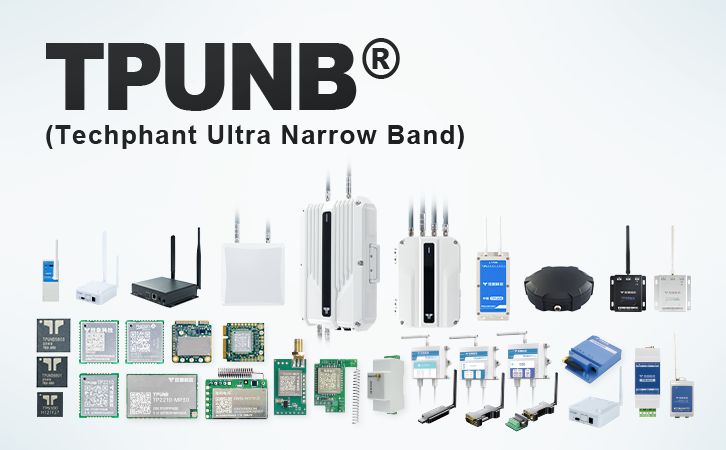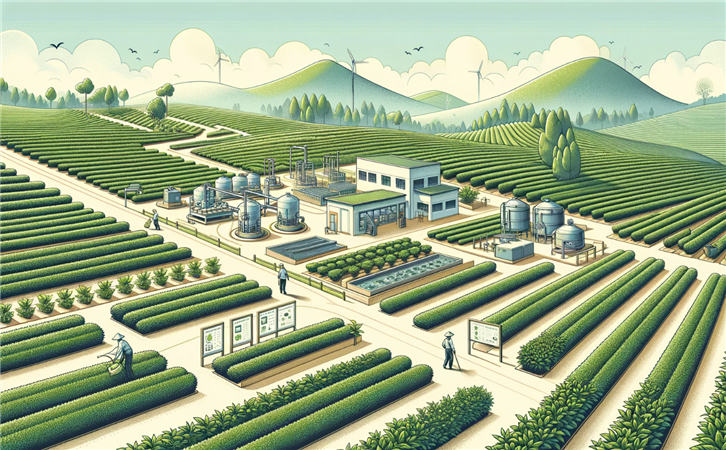The Internet of Things (IoT) collects and transmits data through a multi-stage process involving specialized hardware, communication protocols, and layered architectures. Below is a detailed breakdown:
I. Data Collection Methods
IoT devices gather data using embedded sensors and technologies that convert physical phenomena into digital signals:
Sensor-Based Collection
Physical Parameters: Sensors measure temperature, humidity, pressure, motion, light, and chemical properties (e.g., pH levels) .
Audio/Video Capture: Microphones and cameras collect environmental audio/video data, processed via edge-based AI for feature extraction (e.g., object detection) .
RFID & Identification: RFID tags enable real-time tracking of objects, assets, or inventory using electromagnetic fields .
Telemetry Data
Continuous real-time monitoring of device health, environmental conditions, and operational status (e.g., industrial machinery performance) .
Historical Data Storage
Long-term archiving for trend analysis, compliance, and predictive modeling, stored in scalable databases or data lakes .
II. Data Transmission Process
Collected data moves through a structured pipeline:
A. Transmission Protocols
IoT uses specialized protocols optimized for efficiency, security, and device constraints:
| Protocol Type | Examples | Use Cases | Key Features |
|---|---|---|---|
| Data Protocols | MQTT, CoAP, AMQP | Low-power devices, real-time telemetry | Lightweight, publish-subscribe model |
| Network Protocols | Wi-Fi, Bluetooth, ZigBee, LoRaWAN, NB-IoT | Short-range (smart homes) vs. long-range (agriculture) | Bandwidth/latency optimization |
| Security Protocols | DTLS, TLS, IPSec | Encrypted data transfer, device authentication | Mitigates eavesdropping/MITM attacks |
B. Transmission Stages
Edge Preprocessing:
Gateways aggregate and filter raw data locally, reducing bandwidth usage (e.g., discarding redundant temperature readings) .
Signal conditioning (amplification/filtering) and ADC conversion ensure data accuracy .
Network Routing:
Data travels via wired (Ethernet) or wireless networks (cellular/Wi-Fi) to cloud/edge servers .
Protocols like 6LoWPAN compress IPv6 packets for low-power networks .
Cloud/Edge Delivery:
Processed data reaches centralized servers for storage (e.g., AWS IoT) or edge nodes for latency-sensitive tasks (e.g., autonomous vehicles) .
III. Architectural Framework
IoT systems follow layered architectures to streamline data flow:
Three-Layer Model:
Perception Layer: Sensors/RFID collect data.
Network Layer: Protocols (e.g., MQTT/ZigBee) transmit data via gateways.
Application Layer: Data analytics and user interfaces .
Five-Layer Expansion:
Adds Processing Layer (edge computing) and Business Layer (decision-making) for scalability .
Security Layer:
Authentication (OAuth2/PKI) and encryption (AES-128) protect data in transit .
IV. Key Challenges & Solutions
Energy Efficiency: Lightweight protocols (CoAP) and edge processing reduce device power consumption .
Scalability: Cloud platforms (e.g., Azure IoT) auto-scale storage for massive data volumes .
Data Overload: Compression/filtering techniques prioritize critical data .
Security: End-to-end encryption (DTLS) and secure boot mechanisms prevent breaches .
V. Real-World Applications
Smart Manufacturing: Wireless sensors (ZigBee) transmit equipment metrics for predictive maintenance .
Healthcare: Wearables use Bluetooth to send patient vitals to HIPAA-compliant clouds .
Agriculture: LoRaWAN-enabled soil sensors relay moisture data to irrigation systems .
By integrating optimized hardware, adaptive protocols, and layered security, IoT transforms raw sensor data into actionable insights across industries. Future advancements will focus on AI-driven edge analytics and quantum-resistant encryption .


